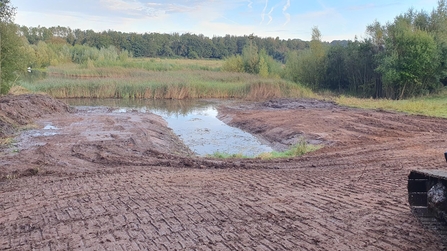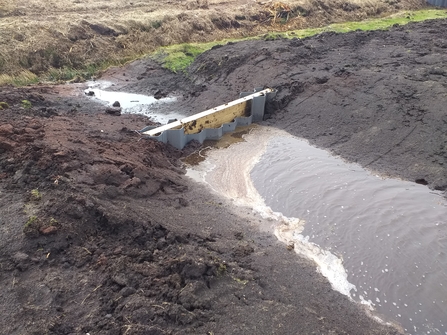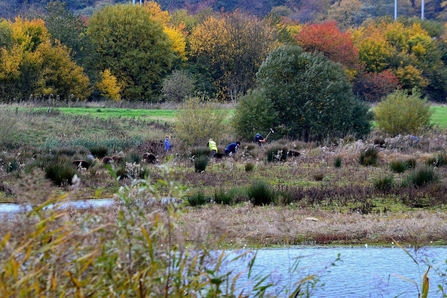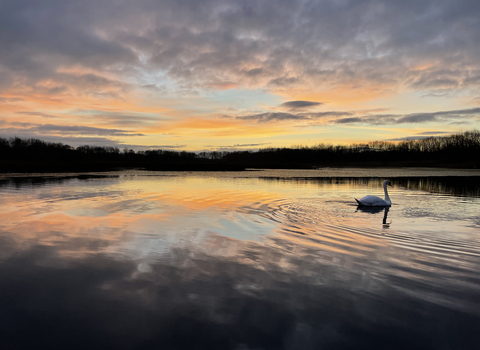Work has now started on our exciting habitat improvement venture at Brockholes, all with an aim to create healthy and attractive habitats across our lakes, reedbeds and islands. From its past as an industrial gravel quarry, to work starting to reclaim the land for nature back in 2006, Brockholes has flourished into a haven for wildlife, but as with any maturing reserve there have been aspects that have changed over time and need addressing.
Blog: Find out what we are doing to Nurture Nature at Brockholes and why
Within their first week on site, contractors Ian Rylands Ltd have reinstated water control for Meadow Lake, removing silt that blocked the outflow ditch and reinstating the sluice, giving 1m height control over the water level. The sluice boards are now out and water levels are being lowered, revealing mud flats and cobbles not seen since summer droughts. Once the water is low enough, excavators will work on the Meadow Lake islands with less risk of sinking. They will strip off excess soil, taking island heights down to a specific level where they can be flooded to in winter to create the ideal habitat for breeding wading birds.





